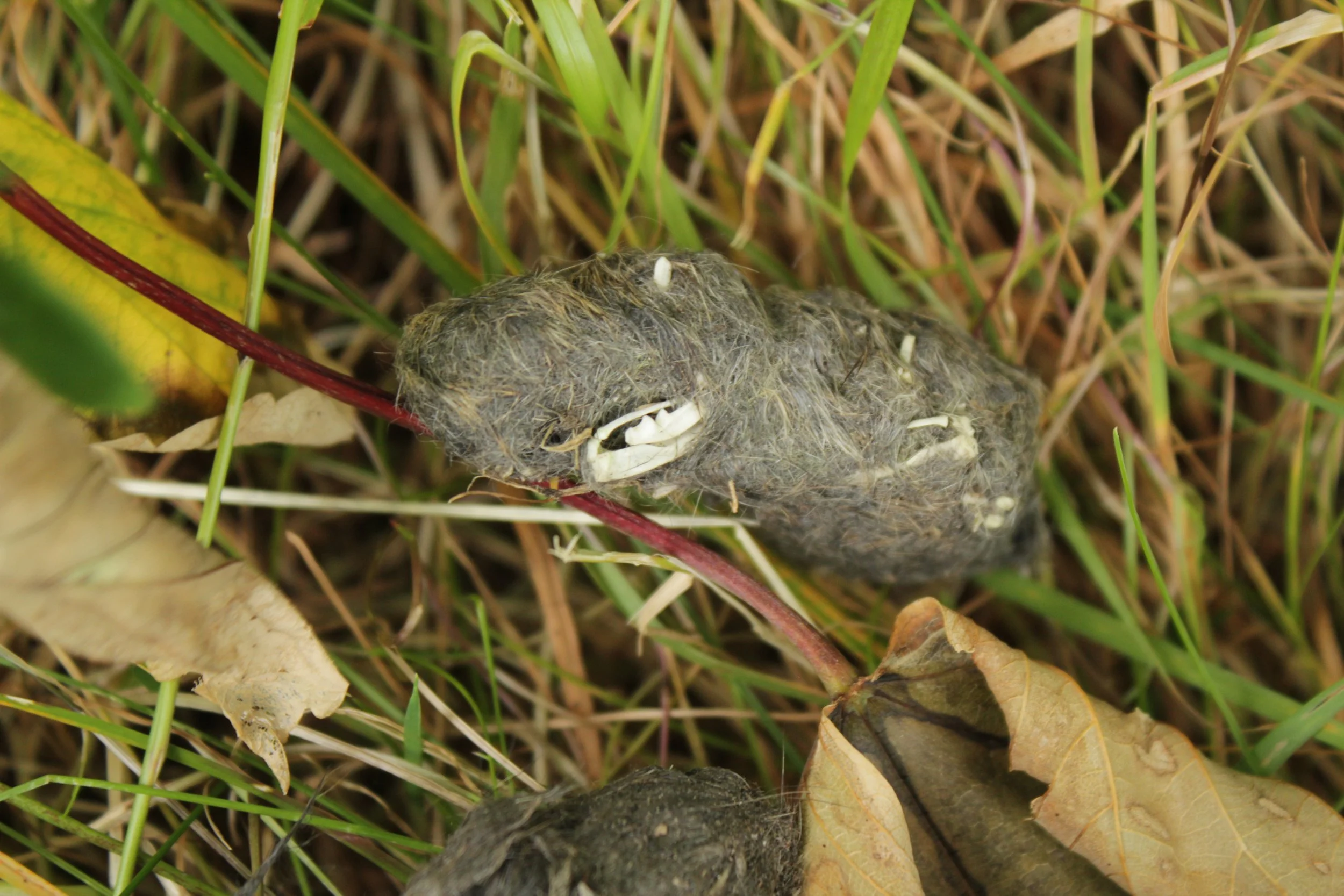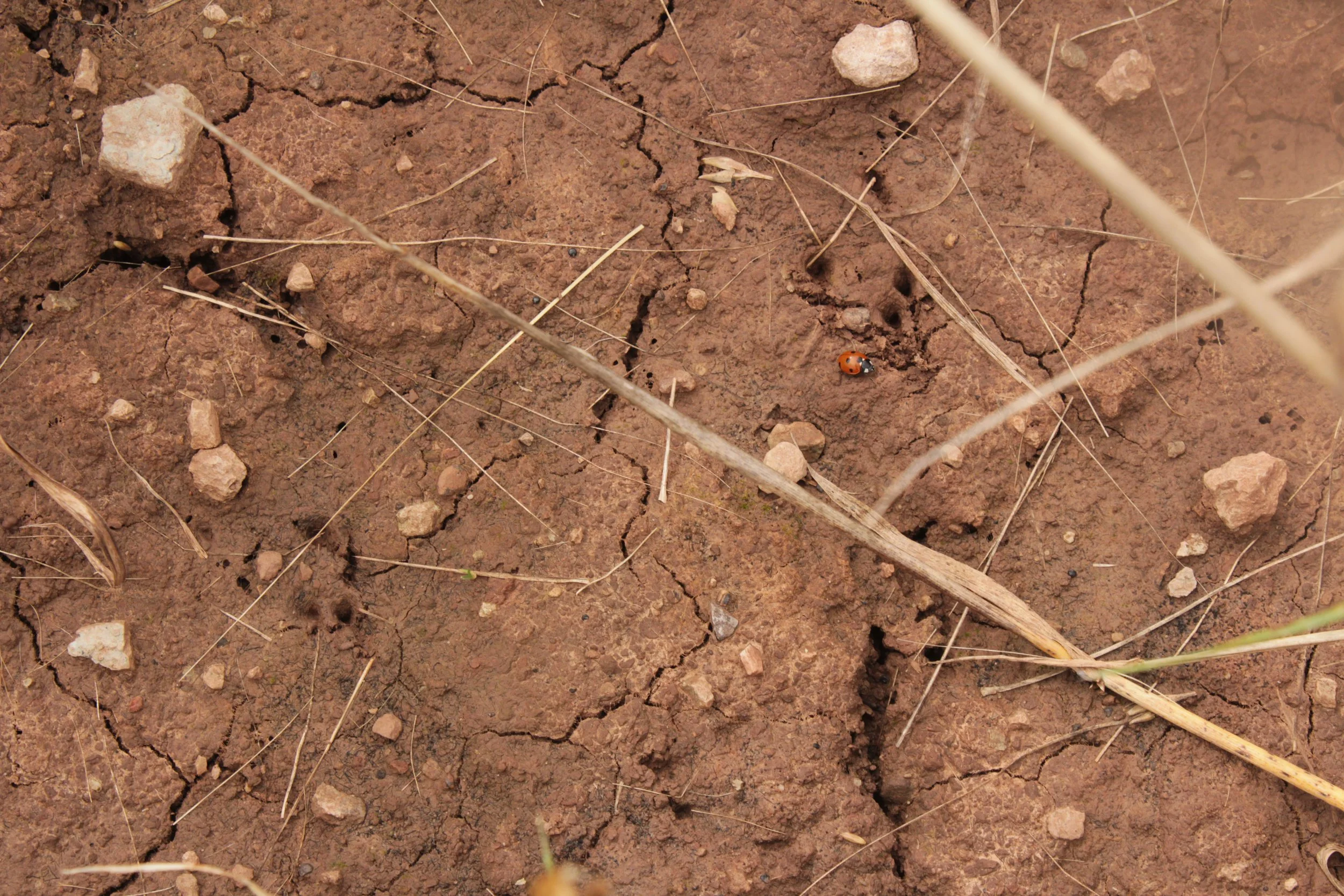Home / How to identify / Identify poo
Identify poo
Mammals can be elusive and sometimes the first clue that they are there isn’t the flash of tail or flick of an ear poking out of the foliage but a field sign – like poo!
Did you know?
Owl pellets can look like animal droppings, but are actually regurgitated parts of food they can’t digest. Learn how to dissect owl pellets.
What poo is this?
Have you found animal poo? Mammals, especially nocturnal species, can be difficult to observe directly. However, their droppings can provide valuable insights into which animals are visiting your neighbourhood or garden at night. Here, we present common droppings of British mammals and offer tips on what to look for, including distinguishing features by sight and smell.
What do I do if I find animal poo?
You might find animal poo at home, either in your garden or shed, or when you're in the countryside. To identify it, look at the size, shape, and color, and use a stick to break it apart and see what's inside. But never touch any poo directly, as it can be harmful.
Make sure to record any mammal poo you find in our Mammal Mapper app. Simply take a photo, find the mammal you think it belongs to, click “Droppings”, add location and upload. Our verifiers will do the rest.
Some things to look for:
Size – if you don’t have a ruler with you, taking a photo with something you know the size of e.g. a coin or a standard biro pen can help
Smell – is it foul or sweet smelling?
Shape – different types of mammal will have very different shaped droppings so this can really help narrow it down
Colour – colour can vary depending on what the animal ate but this can still be a good clue
Contents – can you see clues as to what the animal ate e.g. fur, bones, seeds or invertebrate shells?
Crinkly, often studded with shiny fragments from their insect diet. Blue-black colour. Sweet smelling with a hint of linseed oil. Size varies, 1.5-5 cm long and 0.8-1 cm thick.
Credit: Cetra Coverdale Pearson
Found in grassland, field edges and hedgerows. May be in a dense collection of pellets on a prominent feature e.g. anthill. Can be yellowish or brown-green. Sweet smelling, like a damp digestive biscuit with a hint of mown hay. About 1 cm in diameter.
Credit: Susanna Ramsey
Full of fur, bone fragments and often fruit pips. Usually twisted with a tapering ‘tail’ at one end. Brown, black or grey. A characteristic pungent smell. Size varies but about 8-12 cm long and 2 cm wide.
Credit: Cetra Coverdale Pearson
Found on bare ground of farmland and edges of grassland. Larger and more flattened than rabbit poo: 1.5-2 cm diameter. Can vary depending on diet. Greenish brown and, like rabbit droppings, smell sweet – like a digestive biscuit and mown hay.
Credit: Derek Crawley
Usually near trees. Can be dark grey or black and are often sweet smelling, although this depends on their diet – is especially true if they’ve eaten pinecones. Small, round pellets 0.5-0.8 cm long and 0.5 cm thick.
Credit: Derek Crawley
Particularly distinctive, often described as having a tic-tac shape – no other British mammal poo has this shape. Usually found in latrines and small heaps close to water. Colour varies but usually dark green when broken up. Odourless. 0.8-1.2 cm wide and 0.4-0.5 cm thick.
Credit: Cetra Coverdale Pearson
Putty-like, usually with one blunt and one pointed end. Most commonly seen in farmland and urban areas. Blackish brown and smell foul/rancid. Variable size, can be up to 1.7 cm long and 0.6 cm wide.
Credit: Derek Crawley
Found in small pits or latrines 10-15 cm deep. Can contain seeds and berries. Usually purple, black or brown. Smell foul – a strong musky, oily smell. About 10 cm long and 2 cm thick. They are not strongly coiled.
Credit: Derek Crawley
Otters leave spraints (droppings) on rocks or logs close to water, often in small quantities. Contain mainly fish shells, bones, crustacean shells, feathers or fur. Greenish, black/grey. Sweet smelling – jasmine tea or laurel flowers. Highly variable in size.
Credit: Scott Petrek
Usually deposited singly and often contain hair and bone from their carnivorous diet. Blackish in colour and sweet smelling like violets when fresh. Variable in size but around 4-12 cm long and 1.2 cm thick.
Credit: Derek Crawley
Deposited singly and often contain bits of bone and hair. Narrow with twisty ends (as with all carnivore droppings). Shorter and thinner than stoat droppings at 0.3-0.6 cm long and 0.2 cm thick.
Credit: Derek Crawley
Typical twisted mustelid appearance. Similar to American mink but contain no fish remains and some plant material. Often contain hair and bits of bone, deposited singly in prominent places. Blackish colour and a distinctly unpleasant, foul smell, like foetid meat.
Credit: Derek Crawley
Often contain bones and fur and are long and twisted in shape with tapered ends. Greenish, black or brown and a very unpleasant, foul smell like burnt rubber and rotten meat. Approximately 5-8 cm long and 1 cm in diameter.
Credit: Vincent Wildlife Trust
Deer
Tend to be similar across all deer species and can easily be confused with sheep droppings. They do not have any obvious coloration or smell.
Credit: Mammal Society
It looks like poo, but could it be something else?
Owl pellets
Owls regurgitate parts of their food that they cannot digest, such as the fur and bones of small mammals and birds. These ‘pellets’ can look like animal droppings, but do not smell and gradually turn grey as they dry out.
Identify tracks
Found some animal tracks but not sure what kind of animal they belong to?
Identify sounds
Heard a curious animal sound but no idea whose making it?
Wildlife identification FAQ
Still not sure what you’ve found? Head over to our FAQ for an answer.





